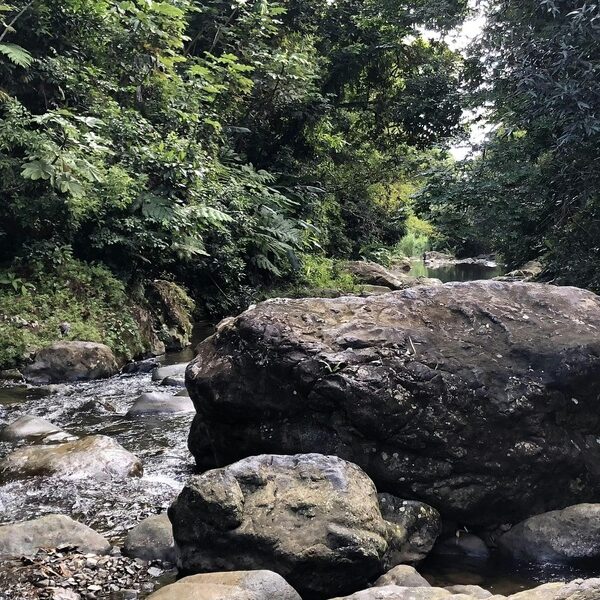Here you’ll find 61 Mammals that start with A, organized from “Aardvark” to “Azores Noctule”. They range from large African specialists to tiny island bats, showing wide ecological variety.
Mammals that start with A are English-named members of Class Mammalia whose common name begins with “A”. Many include well-known species like the aardvark and several bats important to island ecosystems.
Below you’ll find the table with Common name, Scientific name, Order, and Habitat.
Common name: The everyday English name used to identify each species, so you can quickly recognize the animal in field guides or lists.
Scientific name: The accepted Latin binomial that uniquely identifies the species for precise communication in research and conservation.
Order: The taxonomic order groups related families, helping you see broader evolutionary and ecological relationships.
Habitat: A concise habitat label (forest, grassland, marine, desert, urban, freshwater, cave) to show typical environments.
Notes on taxonomy and extinct status: Names reflect widely accepted modern taxonomy, and extinct species are noted separately in the table when applicable.
Last updated: October 29, 2025.
Mammals that start with A
| Common name | Scientific name | Order | Habitat |
|---|---|---|---|
| Aardvark | Orycteropus afer | Tubulidentata | Savanna, grassland |
| Aardwolf | Proteles cristata | Carnivora | Savanna, grassland |
| Abbott’s Duiker | Cephalophus spadix | Artiodactyla | Forest, alpine |
| Abert’s Squirrel | Sciurus aberti | Rodentia | Forest |
| Addax | Addax nasomaculatus | Artiodactyla | Desert |
| Addra Gazelle | Nanger dama | Artiodactyla | Desert, savanna |
| Aders’s Duiker | Cephalophus adersi | Artiodactyla | Forest, wetlands |
| African Buffalo | Syncerus caffer | Artiodactyla | Savanna, forest |
| African Bush Elephant | Loxodonta africana | Proboscidea | Savanna, grassland |
| African Civet | Civettictis civetta | Carnivora | Forest, savanna |
| African Clawless Otter | Aonyx capensis | Carnivora | Freshwater, wetlands |
| African Forest Elephant | Loxodonta cyclotis | Proboscidea | Forest |
| African Golden Cat | Caracal aurata | Carnivora | Forest |
| African Golden Wolf | Canis lupaster | Carnivora | Savanna, desert |
| African Palm Civet | Nandinia binotata | Carnivora | Forest |
| African Wild Ass | Equus africanus | Perissodactyla | Desert, savanna |
| African Wild Dog | Lycaon pictus | Carnivora | Savanna, grassland |
| Agile Gibbon | Hylobates agilis | Primates | Forest |
| Agile Wallaby | Notamacropus agilis | Diprotodontia | Forest, wetlands |
| Alaska Marmot | Marmota broweri | Rodentia | Alpine |
| Allen’s Swamp Monkey | Allenopithecus nigroviridis | Primates | Forest, wetlands |
| Allied Rock-wallaby | Petrogale assimilis | Diprotodontia | Forest, alpine |
| Alpine Ibex | Capra ibex | Artiodactyla | Alpine |
| Alpine Marmot | Marmota marmota | Rodentia | Alpine, grassland |
| Amazon River Dolphin | Inia geoffrensis | Cetacea | Freshwater |
| American Badger | Taxidea taxus | Carnivora | Grassland, desert |
| American Beaver | Castor canadensis | Rodentia | Freshwater, wetlands |
| American Bison | Bison bison | Artiodactyla | Grassland, forest |
| American Black Bear | Ursus americanus | Carnivora | Forest, alpine |
| American Marten | Martes americana | Carnivora | Forest |
| American Mink | Neogale vison | Carnivora | Freshwater, wetlands |
| American Pika | Ochotona princeps | Lagomorpha | Alpine |
| Andean Cat | Leopardus jacobita | Carnivora | Alpine, desert |
| Andean Fox | Lycalopex culpaeus | Carnivora | Alpine, grassland |
| Angolan Colobus | Colobus angolensis | Primates | Forest |
| Anoa | Bubalus depressicornis | Artiodactyla | Forest, wetlands |
| Antarctic Fur Seal | Arctocephalus gazella | Carnivora | Marine |
| Antillean Manatee | Trichechus manatus manatus | Sirenia | Freshwater, marine |
| Appalachian Cottontail | Sylvilagus obscurus | Lagomorpha | Forest, alpine |
| Aquatic Genet | Genetta piscivora | Carnivora | Forest, freshwater |
| Arabian Oryx | Oryx leucoryx | Artiodactyla | Desert |
| Arabian Tahr | Arabitragus jayakari | Artiodactyla | Alpine |
| Arboreal Chinchilla Rat | Cuscomys abramovici | Rodentia | Forest |
| Arctic Fox | Vulpes lagopus | Carnivora | Alpine, grassland |
| Arctic Ground Squirrel | Urocitellus parryii | Rodentia | Alpine, grassland |
| Arctic Hare | Lepus arcticus | Lagomorpha | Alpine, grassland |
| Argali | Ovis ammon | Artiodactyla | Alpine, grassland |
| Arizona Myotis | Myotis occultus | Chiroptera | Forest, desert |
| Arnhem Leaf-nosed Bat | Hipposideros inornatus | Chiroptera | Forest |
| Ashy-red Colobus | Piliocolobus gordonorum | Primates | Forest, alpine |
| Asian Black Bear | Ursus thibetanus | Carnivora | Forest, alpine |
| Asian Elephant | Elephas maximus | Proboscidea | Forest, grassland |
| Asiatic Lion | Panthera leo leo | Carnivora | Forest |
| Asiatic Wild Ass | Equus hemionus | Perissodactyla | Desert, grassland |
| Atlantic Humpback Dolphin | Sousa teuszii | Cetacea | Marine, freshwater |
| Atlantic Spotted Dolphin | Stenella frontalis | Cetacea | Marine |
| Australian Fur Seal | Arctocephalus pusillus doriferus | Carnivora | Marine |
| Australian Sea Lion | Neophoca cinerea | Carnivora | Marine |
| Aye-aye | Daubentonia madagascariensis | Primates | Forest |
| Azara’s Agouti | Dasyprocta azarae | Rodentia | Forest |
| Azores Noctule | Nyctalus azoreum | Chiroptera | Forest, urban |
Descriptions

Aardvark
A nocturnal, burrowing mammal from Africa, its name means “earth pig.” It uses its powerful claws and long snout to dig for and consume thousands of ants and termites each night.
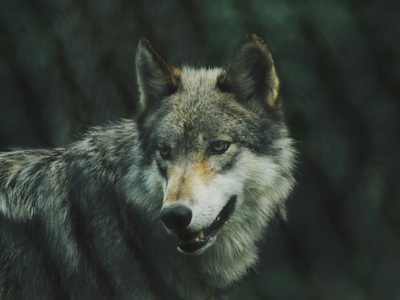
Aardwolf
Despite its name, the aardwolf is a small, insectivorous hyena. It primarily eats termites, consuming up to 300,000 in a single night using its long, sticky tongue.

Abbott’s Duiker
A large, elusive antelope found in a few forested mountains of Tanzania. This shy creature is rarely seen and is considered an endangered species due to habitat loss and hunting.

Abert’s Squirrel
Also known as the tassel-eared squirrel, it’s native to the Rocky Mountains. It has distinctive ear tufts, which are most prominent in winter, and almost exclusively feeds on ponderosa pine trees.
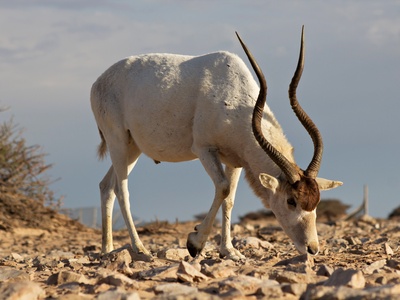
Addax
A critically endangered antelope perfectly adapted to the Sahara desert. It can get almost all the water it needs from the plants it eats and has broad hooves to walk on sand.
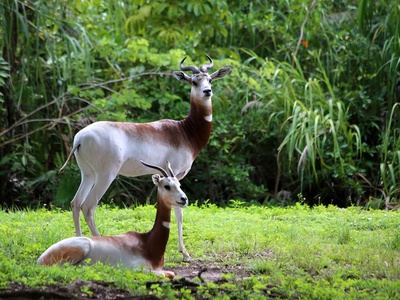
Addra Gazelle
Also known as the Dama Gazelle, this is the largest of all gazelles. It is critically endangered, with fewer than 250 individuals remaining in the wild across the Sahara.

Aders’s Duiker
One of the smallest and most endangered duikers, found only in coastal forests in Kenya and Zanzibar. It is easily recognized by the white stripe across its hindquarters.
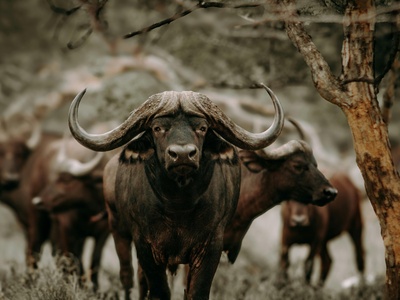
African Buffalo
Also called the Cape Buffalo, this large bovid is one of Africa’s most formidable herbivores. It is known for its unpredictable temperament and massive, fused horns on males.

African Bush Elephant
The largest land animal on Earth, distinguished from its forest cousin by its larger size and concave back. These elephants live in complex social groups led by a matriarch.

African Civet
A large, nocturnal mammal with a unique black-and-white coat. It produces a strong-smelling musk from its perineal glands, once used in perfumes, to mark its territory.

African Clawless Otter
The second-largest freshwater otter species, found throughout sub-Saharan Africa. It lacks webbing on its forepaws, giving it great manual dexterity to feel for prey in mud.
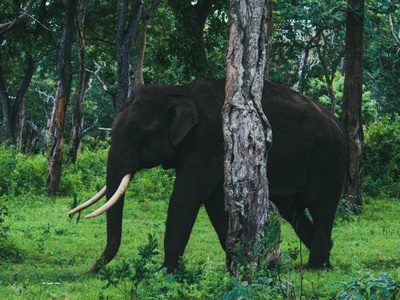
African Forest Elephant
Recently recognized as a distinct species from the bush elephant, it is smaller with straighter tusks. It is a “forest gardener,” crucial for seed dispersal in the Congo Basin.
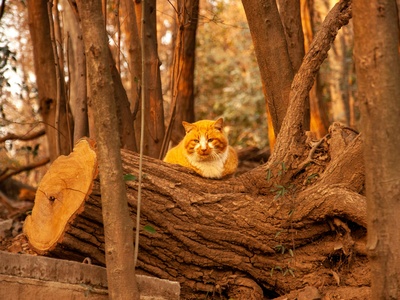
African Golden Cat
A medium-sized wild cat native to the rainforests of West and Central Africa. It is elusive and rarely seen, with a variable coat color ranging from reddish-brown to grey.
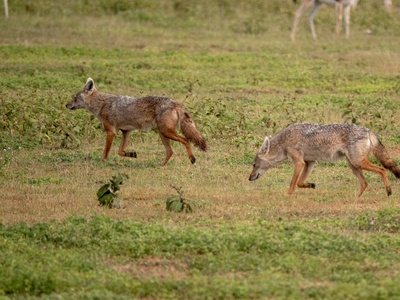
African Golden Wolf
Once thought to be a subspecies of golden jackal, this canid was recognized as a distinct wolf species in 2015. It inhabits northern and eastern Africa in savanna and semi-arid habitats.
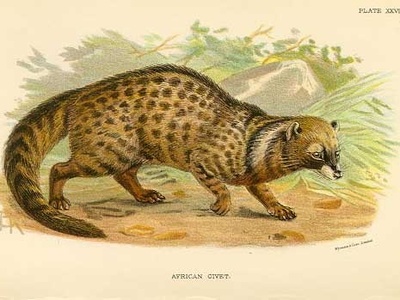
African Palm Civet
A small, nocturnal mammal that is not a true civet but belongs to its own unique family. It is an agile climber that spends most of its life in the trees of sub-Saharan forests.
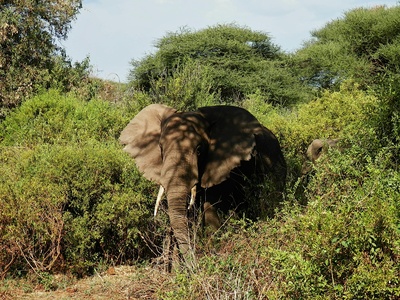
African Wild Ass
The wild ancestor of the domestic donkey. It is critically endangered, with only a few hundred individuals left in the wild in the rocky deserts of the Horn of Africa.
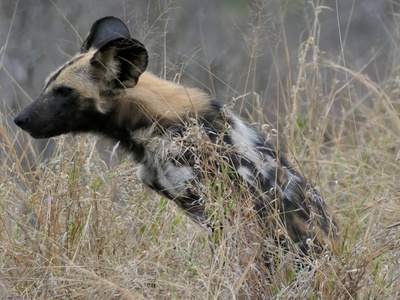
African Wild Dog
Also known as the painted dog, this highly social canid is famous for its large, rounded ears and mottled coat. They are formidable pack hunters with exceptionally high kill rates.

Agile Gibbon
A small ape from Southeast Asia, known for its incredible speed and agility as it swings through the forest canopy using its long arms, a process called brachiation.
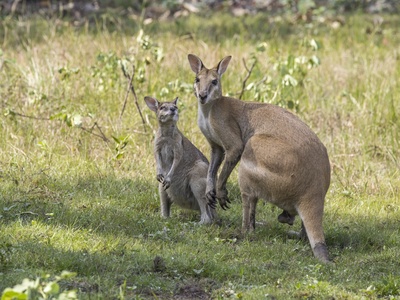
Agile Wallaby
A common and widespread wallaby found across northern Australia and New Guinea. It is known for being very quick and living in social groups called mobs.

Alaska Marmot
A species of marmot found only in the Brooks Range of northern Alaska. They are large, burrowing rodents that hibernate for up to eight months of the year to survive the harsh winter.
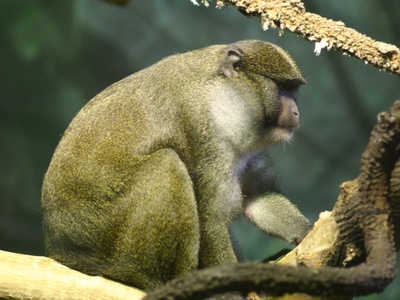
Allen’s Swamp Monkey
A stout primate from the Congo Basin. It has slightly webbed fingers and toes, reflecting its semi-aquatic lifestyle of foraging in swampy, water-logged forests.

Allied Rock-wallaby
A species of wallaby that lives among rocky outcrops and cliffs in northeastern Queensland, Australia. Its agile nature and camouflaged coat help it navigate its rugged habitat.
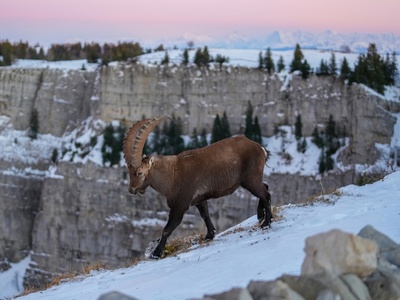
Alpine Ibex
A species of wild goat that lives in the high mountains of the European Alps. They are famous for their large, curved horns and incredible climbing ability on steep, rocky cliffs.
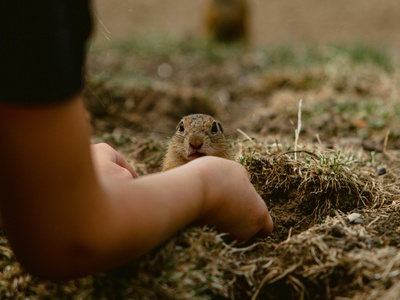
Alpine Marmot
A large ground squirrel found in the mountains of central and southern Europe. They live in colonies, dig extensive burrows, and emit loud whistles to warn of predators like eagles.
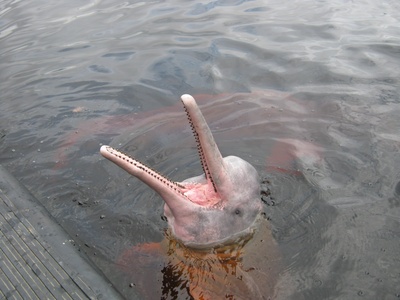
Amazon River Dolphin
Also known as the Boto or Pink River Dolphin, this is the largest species of river dolphin. It inhabits the Amazon and Orinoco river basins and faces threats from pollution and fishing.
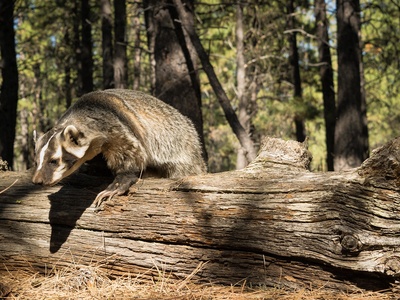
American Badger
A powerful, short-legged omnivore of North America. It is a formidable digger, using its long front claws to excavate burrows and hunt prey like ground squirrels and prairie dogs.
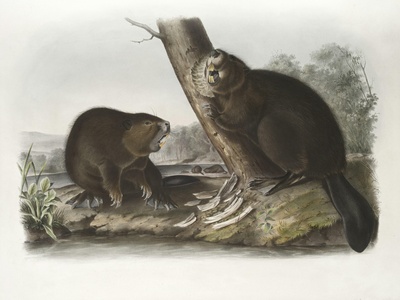
American Beaver
North America’s largest rodent, famous for building dams and lodges. These “ecosystem engineers” create wetlands that support a wide array of other species.

American Bison
The largest mammal in North America, also commonly called a buffalo. Once numbering in the tens of millions, they were hunted to near extinction but are now a conservation success story.
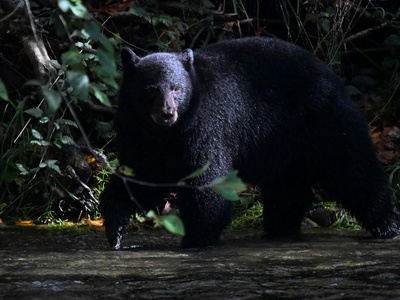
American Black Bear
The most common bear in North America. Despite its name, its coat can also be brown, cinnamon, or even white. It is an omnivore with an excellent sense of smell.
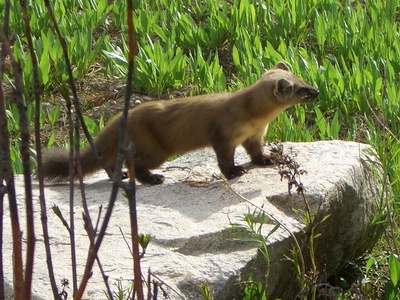
American Marten
A slender member of the weasel family found in the conifer and mixed forests of North America. It is an agile, semi-arboreal predator that primarily hunts small mammals, birds, and insects.

American Mink
A semi-aquatic species of mustelid native to North America. It is a fierce predator known for its luxurious fur, which has led to its farming and establishment as an invasive species worldwide.

American Pika
A small, hamster-like relative of rabbits that lives in rocky mountain slopes. It does not hibernate, instead gathering and drying vegetation into “haypiles” to survive the winter.

Andean Cat
One of the most endangered and least-known cats in the world. This small feline lives at high altitudes in the Andes mountains, preying on mountain viscachas and chinchillas.
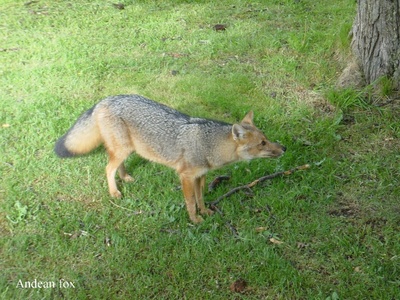
Andean Fox
Also known as the Culpeo, it is the second-largest native canid on the South American continent. It is an opportunistic carnivore found in a wide variety of habitats from deserts to forests.

Angolan Colobus
A striking black-and-white colobus monkey with a long white mantle of hair and a tufted tail. It lives in the dense forests of central Africa and primarily eats leaves.
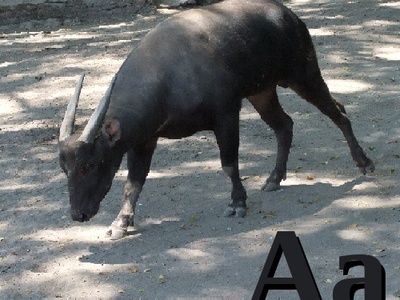
Anoa
Also called the Lowland Anoa, it is the world’s smallest species of wild cattle, endemic to the island of Sulawesi, Indonesia. It is a reclusive, forest-dwelling animal.

Antarctic Fur Seal
Despite its name, it is mainly found on subantarctic islands like South Georgia. After being hunted to near extinction for its fur, its population has made a remarkable recovery.
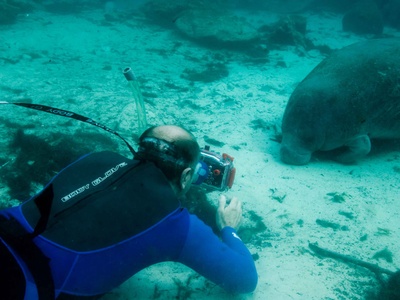
Antillean Manatee
A subspecies of the West Indian manatee, also known as the Caribbean manatee. This gentle, slow-moving herbivore inhabits coastal waters, rivers, and estuaries.
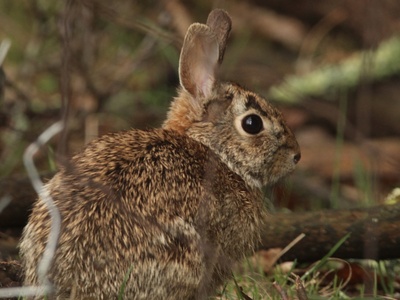
Appalachian Cottontail
A species of rabbit found in the higher elevations of the Appalachian Mountains. It was only recognized as a distinct species in 1992, distinguished by genetic differences from its relatives.
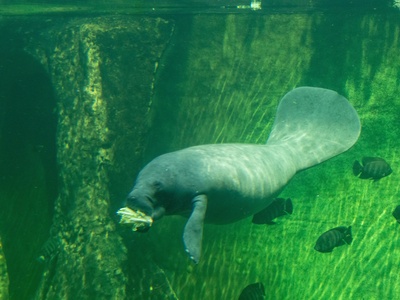
Aquatic Genet
A rare and elusive genet from the Congo River basin. It is one of the few semi-aquatic carnivores, specialized for hunting fish and other small aquatic prey in streams.
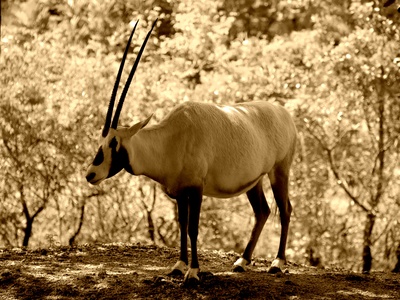
Arabian Oryx
A medium-sized antelope with long, straight horns. It was declared extinct in the wild in 1972 but was successfully reintroduced from captivity, a major conservation triumph.
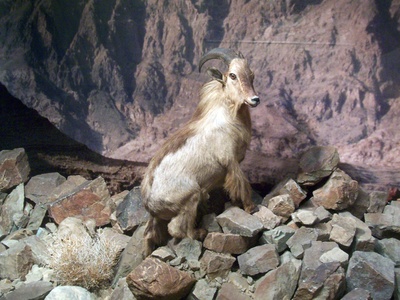
Arabian Tahr
The smallest species of tahr, a type of wild goat. It is endemic to the Hajar Mountains of Oman and the UAE and is adapted to a hot, dry, and rocky environment.
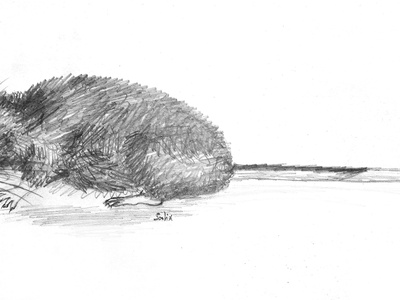
Arboreal Chinchilla Rat
A large, poorly understood rodent known only from a single specimen found near Machu Picchu, Peru. It is thought to live in cloud forests and is critically endangered.

Arctic Fox
Famous for its thick, warm coat that changes color with the seasons—white in winter and brown or grey in summer. It is incredibly well-adapted to the harsh Arctic environment.
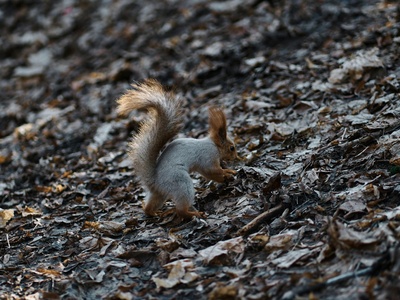
Arctic Ground Squirrel
A species of ground squirrel native to the Arctic. It is notable for having the lowest body temperature of any mammal during hibernation, dropping to -2.9 °C (26.8 °F).

Arctic Hare
A species of hare highly adapted to polar and mountainous habitats. It has a thick white coat for camouflage and can run at speeds up to 60 km/h (40 mph) to escape predators.

Argali
The largest species of wild sheep, famous for its massive, spiraling horns that can weigh over 23 kg (50 lbs). It inhabits the highlands of Central Asia.
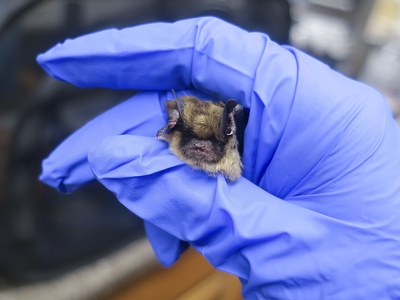
Arizona Myotis
A species of vesper bat found in the Southwestern United States and Mexico. It often roosts in trees near water sources and forages for insects over streams and ponds.

Arnhem Leaf-nosed Bat
A large leaf-nosed bat found only in a small region of the Northern Territory in Australia. It roosts in caves and rock fissures and is considered a vulnerable species.
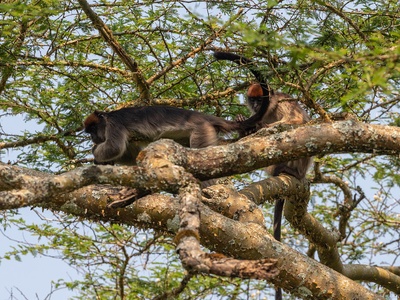
Ashy-red Colobus
A highly endangered species of red colobus monkey found only in the Udzungwa Mountains of Tanzania. They are specialist leaf-eaters with a complex, multi-chambered stomach.
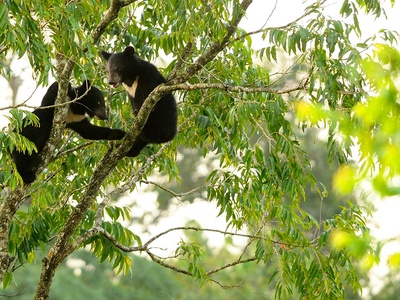
Asian Black Bear
Also known as the moon bear due to the white, crescent-shaped patch on its chest. It is found across much of Asia and is an agile climber, often feeding in trees.

Asian Elephant
Smaller than its African cousins, with smaller ears and a more rounded back. It is an endangered species found throughout Southeast Asia, facing threats from habitat loss and human conflict.
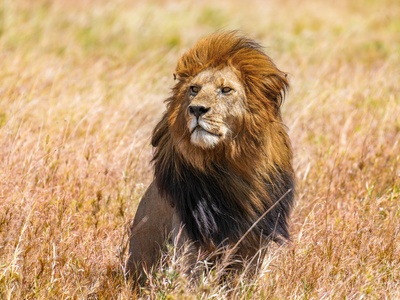
Asiatic Lion
A lion population surviving only in India’s Gir Forest. It is slightly smaller than African lions, with a distinctive longitudinal fold of skin along its belly.

Asiatic Wild Ass
Also known as the onager, this species is found in the deserts of Asia. It is known for its incredible speed and endurance, capable of running for long distances.

Atlantic Humpback Dolphin
A critically endangered species of dolphin found in shallow coastal waters of West Africa. The distinctive hump on its back, which supports the dorsal fin, becomes more prominent with age.

Atlantic Spotted Dolphin
A social and energetic dolphin found in the tropical and temperate waters of the Atlantic Ocean. Calves are born without spots, which gradually accumulate as they age.
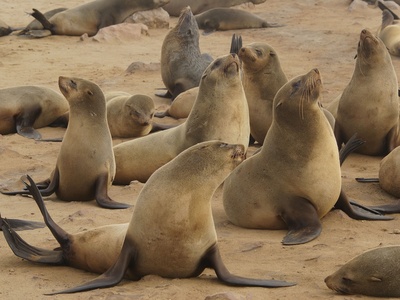
Australian Fur Seal
The largest of all fur seals, found along the coastlines of southeastern Australia. They are powerful swimmers and social animals, often seen resting on rocks in large colonies.
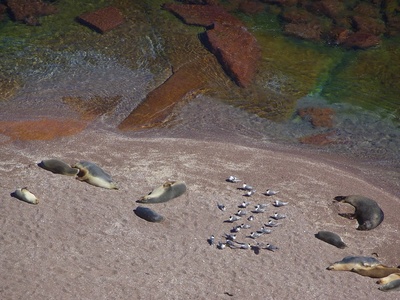
Australian Sea Lion
An endangered species of sea lion endemic to the coasts of South and Western Australia. Unlike other seals, they have an unusual, non-annual breeding cycle of 18 months.

Aye-aye
A lemur from Madagascar with a unique feeding method. It taps on trees to find grubs, gnaws a hole with its rodent-like teeth, and extracts them with a long, thin middle finger.

Azara’s Agouti
A large rodent from South America vital for dispersing seeds, especially the Brazil nut. It has powerful teeth that can crack tough nut pods that few other animals can open.
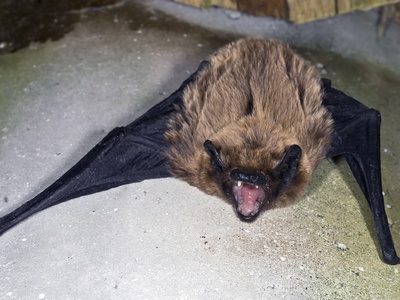
Azores Noctule
A species of bat endemic to the Azores archipelago. Uniquely among bats, it exhibits regular diurnal (daytime) flight and foraging activity, a behavior rare in other bat species.

